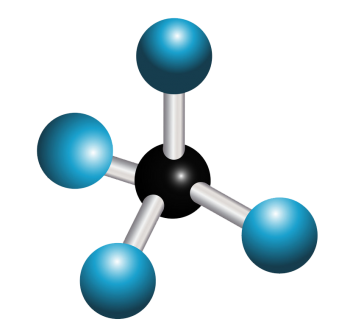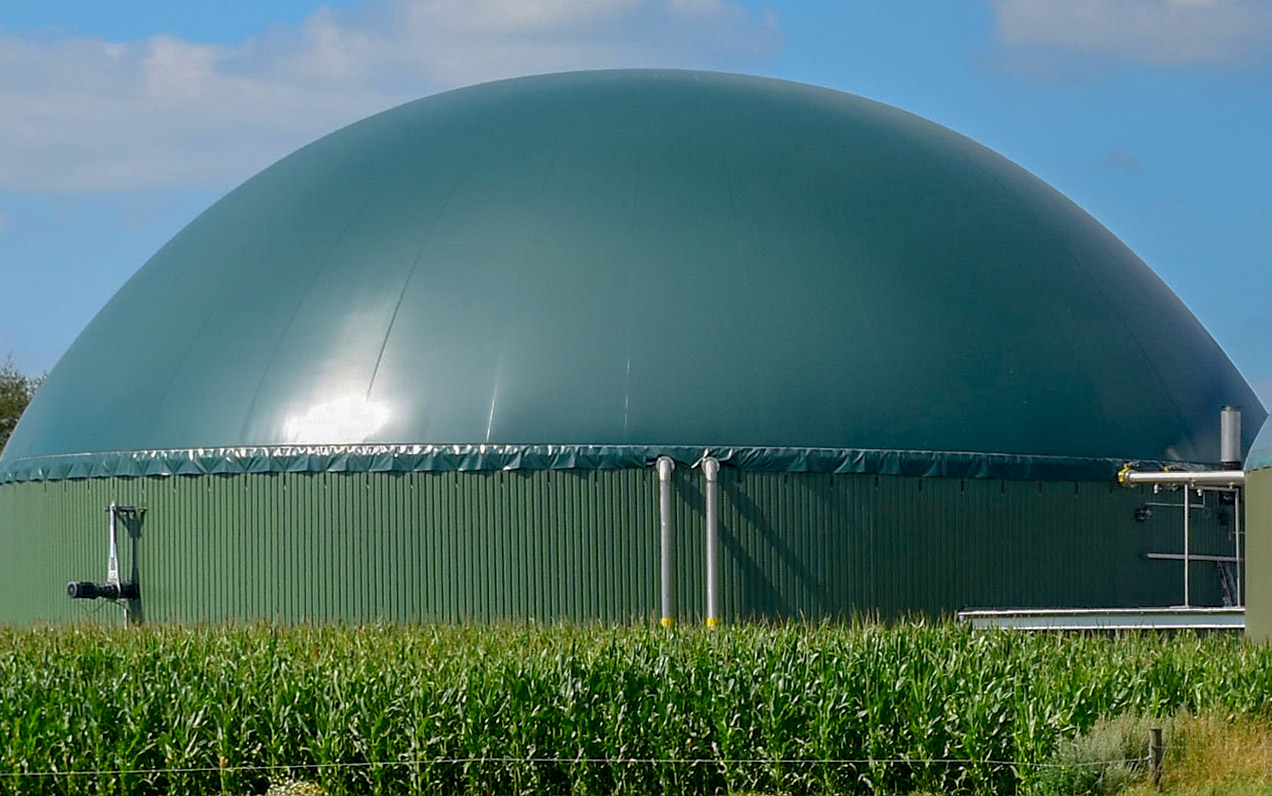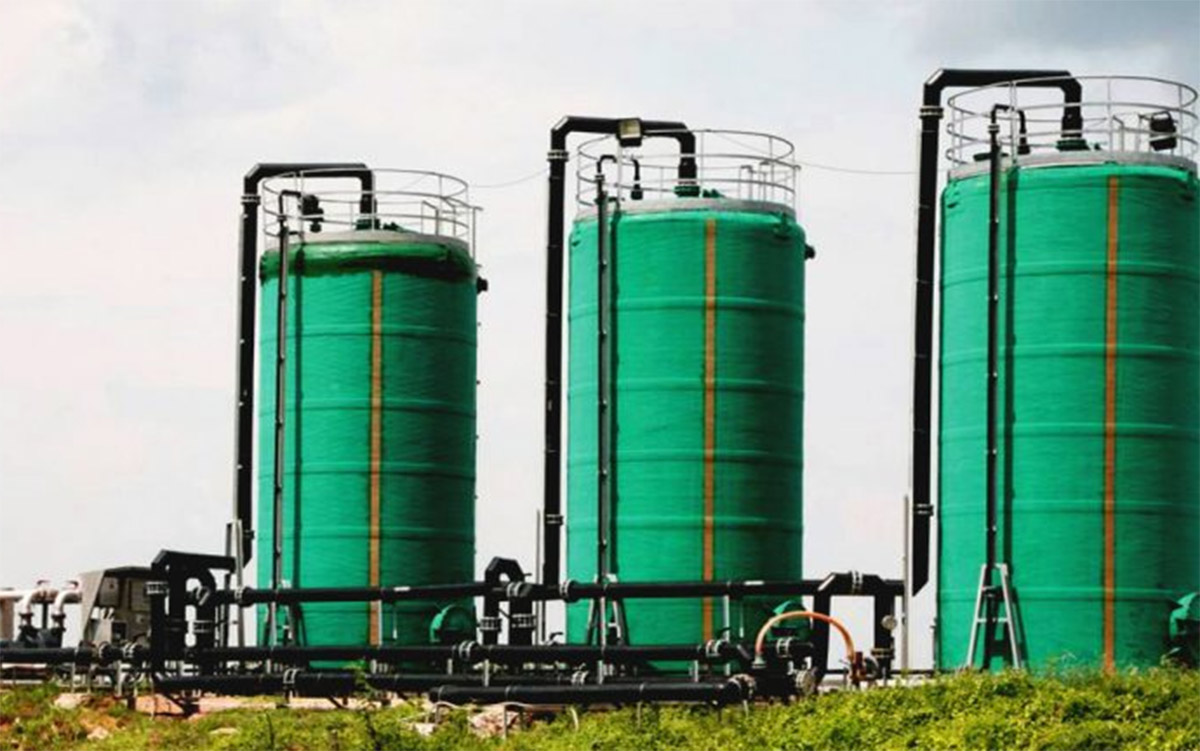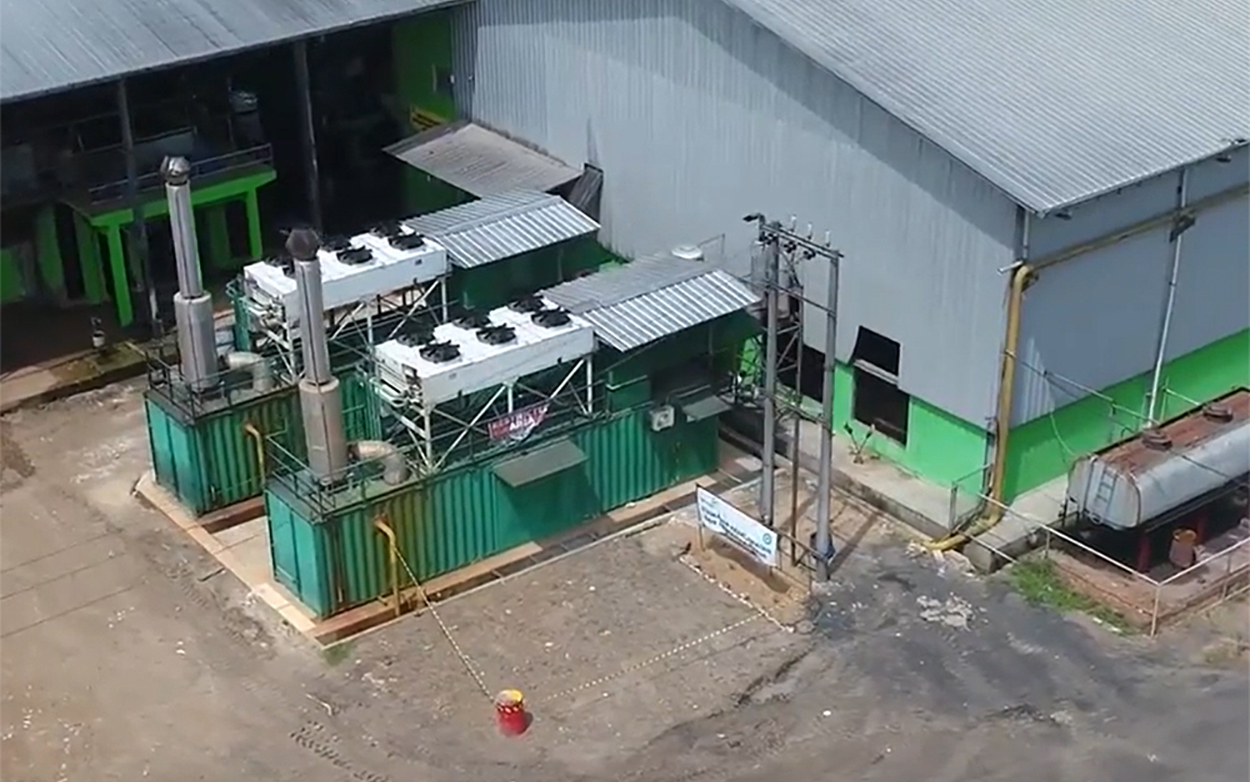
The methane molecule is composed of four hydrogen and one carbon atom. At room temperature and standard pressure, methane is colorless and odorless. It is a highly toxic greenhous gas being some 21 times more effective then carbon dioxide at capturing heat in our planet’s atmosphere.
Composition
Biogas is composed of a cocktail of elements, the principal ones of which are methane, carbon dioxide and nitrogen. Methane is a compound of carbon and hydrogen with the formula CH4 and, by itself, has no distinctive odour. It is a highly effective greenhouse gas being some 21 times more effective than CO2.
Environmental Impact of Biogas
Biogas is generated by the reactions of biodegradation of organic matter. It is formed under anaerobic conditions in the absence of oxygen and is commonly known as marsh gas.
Depending on the substrate from which it is produced, biogas can also contain other contaminating gases such as hydrogen sulfide. In landfill sites, biogas is produced from degrading organic waste material and, apart from the unpleasant smell, can cause serious problems if not adequately controlled.
But methane is also used as a fuel. If it is treated and cleaned, biogas can also be used for a fuel that can displace traditional fossil fuels as a source of energy for power or heat production.
Biogas Production
Biogas may be produced from many different biodegradable organic substrates.In general, however, its composition will be very similar, being comprised mostly of CH4, at between 40% and 65% by volume, CO2, at between 30% and 40% by volume, and a number of trace gases.
The feedstock dictates the biogas technology to be used. In order to properly design a biogas plant, the developer must fully understand its feedstock and its conditions of production. Once understood, the biogas feed train can be designed to tailor the needs of the site and purpose of production.
In any project that uses biogas as its principal source of fuel, it is important to undertake a comprehensive analysis of all conditions including the substrate from which the biogas is produced and whether or not specialist technology, such as H2S removal equipment, must be employed in cleaning and filtration.
Uses of biogas can range from power and heat generation to the production of a natural gas for injection into regional pipelines or for compression as a vehicle fuel.
Technologies Employed
Biogas can be produced in digesters. Production depends on the following factors:
Organic content
Wet or dry waste
Land availability
There are several different types of digester technology including lagoons which are typically employed when the feedstock is wastewater effluent from agricultural wastewater or animal manure. Using this technology, typical retention time of material is between 30 and 40 days for the biogas to reach full production. A lagoon is a good option when sufficient land is available.
Other technologies such as Continuously Stirred Tank Reactors (CSTR) and Dry Cell Anaerobic Digestion (DCAD) are used when land requirements are limited. CSTR’s are a proven and reliable technology as an alternative to a lagoon based system but are slightly more expensive to build than a lagoon, and require more attention during operation.
Biogas Conditioning Options
To use biogas in any industrial process, it is important that the gas is filtered, or conditioned, prior to use. Technologies employed may include H2S or CO2 removal. H2S is a highly corrosive trace element of biogas and can be present in elevated concentrations if the biogas is produced from agricultural waste or extracted from landfills where there is a high content of gypsum.
CO2 must be removed from the biogas stream if the gas is being used for the production of a natural gas substitute or for the production of compressed gas for use as a vehicle fuel.
Power Production Options
Biogas can be used in a variety of ways for the production of energy. Not only can it be used directly as a fuel for power generation once it has been conditioned and cleaned, it can also be used for the production of steam for use in steam turbine engines or directly as heat production. On many landfill sites, biogas is used for the evaporation of leachate or for providing heating for on-site offices.
One of the technologies that has recently been gaining traction is the use of biogas as an alternative fuel for vehicles, mainly fleet vehicles such as buses or lorries. As the technology has now been developed to clean biogas to natural gas specification, it can now be fed directly into natural gas pipelines.

ORGANICS GROUP
Please consult the following pages before using our site:
Organics Privacy Policy
Data Privacy and Protection Policy
CONTACT
Please contact us for further information
SOCIAL MEDIA




